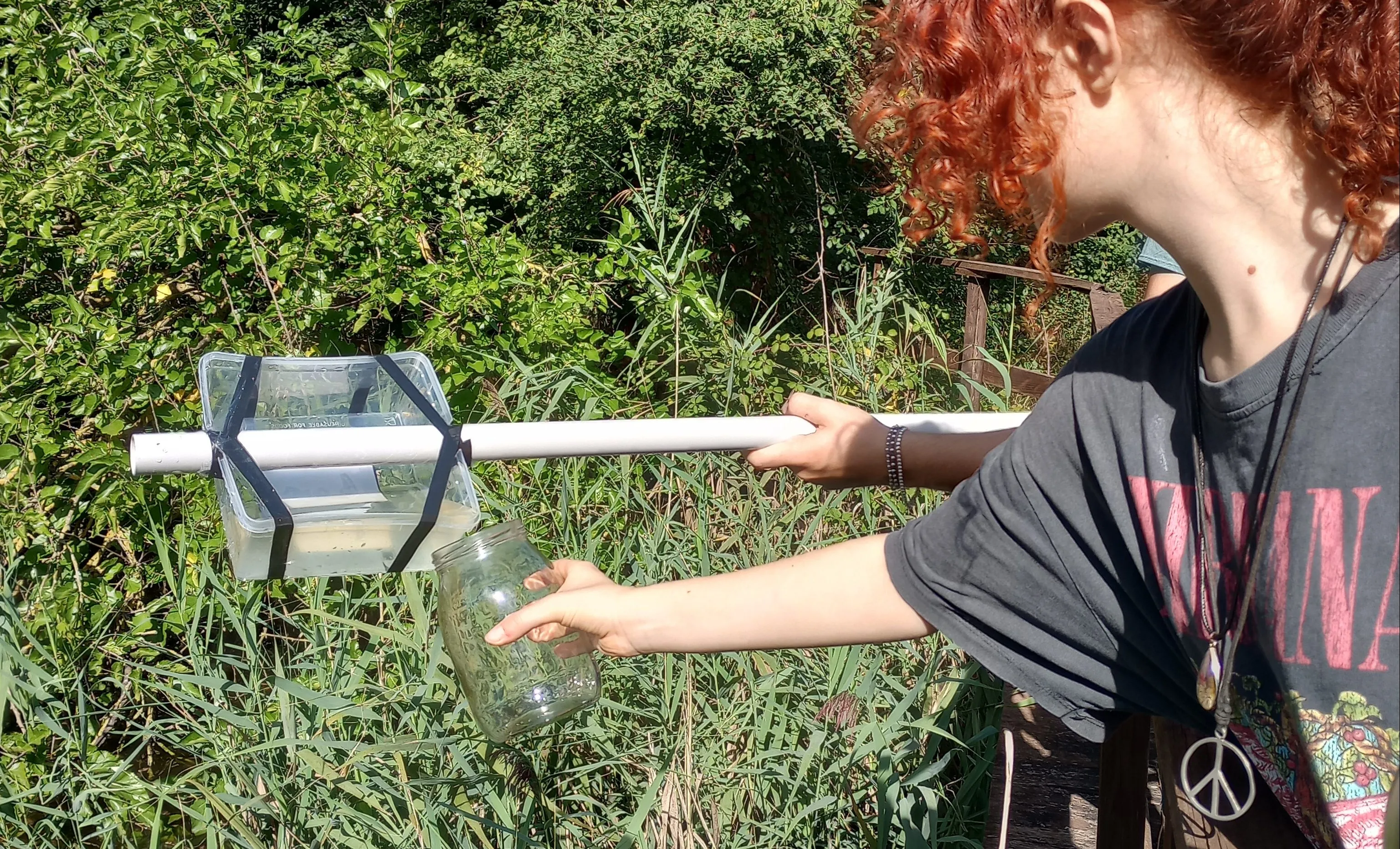Have You Ever Thought About How Science Can Help Solve Real-World Problems?
Our students had the opportunity to find out through the Collaborative Science Project, an interdisciplinary initiative that challenged them to tackle a real issue: combating biodiversity loss in the Valle Averto Oasis in collaboration with WWF.
A Project for Nature
This year, the project focused on a critical environmental issue: the decline in biodiversity within the oasis. Students had the chance to explore the area and identify key challenges, with a particular focus on creating a safe environment for the reproduction of two bird species: terns and waders.
To address this challenge, the team designed and built a floating platform to provide ideal nesting conditions for the birds. To ensure its success, students conducted in-depth water quality analyses, measuring essential parameters such as pH, oxygen levels, and conductivity. These data were crucial in selecting the optimal location for the platform, ensuring its stability and long-term durability.
 WATCH THE VIDEO
WATCH THE VIDEO
A Unique Learning Experience
The Collaborative Science Project provided students with a valuable opportunity to work in interdisciplinary teams, integrating skills from computer science, biology, chemistry, physics, environmental sciences (ESS), and design.
This synergy enabled them to develop an effective, practical solution while also fostering essential soft skills such as problem-solving, communication, time management, and critical thinking.
Bridging Education and Nature
One of the most appreciated aspects of the project was the direct contact with nature and the opportunity to apply scientific knowledge to a real-world issue.

Renato De Falco
“I love nature, and I’m thrilled that our school incorporated this project into our curriculum. It’s a valuable and important experience”.
Thanks to this innovative project, students not only gained new scientific and practical skills but also actively contributed to environmental conservation. They demonstrated how science can be a powerful tool in addressing global challenges—an inspiring example of how education can drive meaningful change.










 Back
Back
